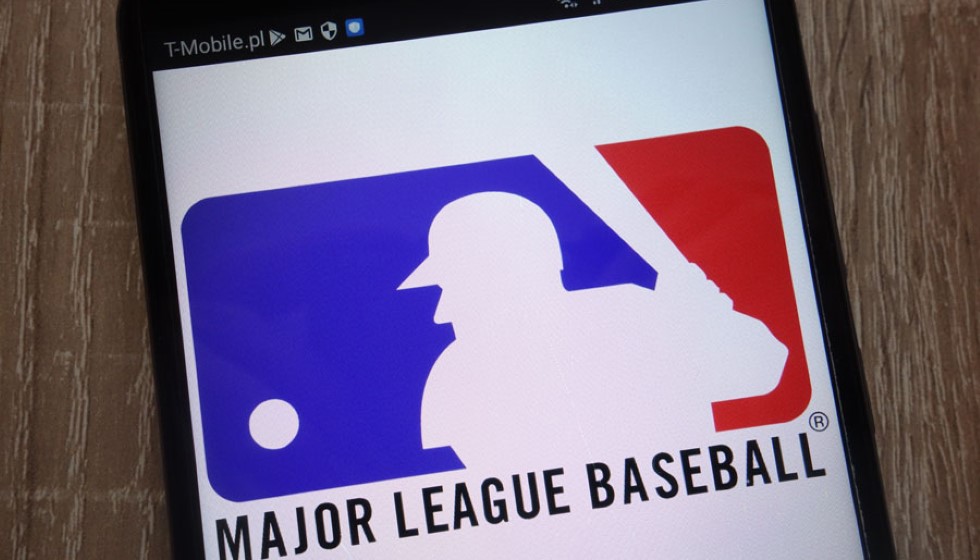
Within the heart of the Major League Baseball Players Association (MLBPA), a brewing disagreement over leadership and economic strategy has launched the players and the organization into a crucial juncture. A segment of the MLBPA membership is advocating for a seismic shift in its leadership hierarchy, voicing a particular interest in replacing Deputy Director Bruce Meyer with Harry Marino. The undercurrent of this movement among the players has gained significant momentum, revealing deeper issues related to economic disparities and player representation.
Leadership Shift in Motion
The conversation around potential leadership changes has been particularly vibrant among more than 20 player representatives, who have taken to a text chain to discuss the association's future. This initiative has not unfolded quietly, culminating in a contentious Zoom call with MLBPA Executive Director Tony Clark and other representatives. Despite the heated exchange, no resolution was reached, signifying the deep divides and high stakes involved in this internal debate.
The crux of the issue appears to hinge on economic disparities among players, a longstanding concern that has only intensified. There's a growing sentiment that the division between MLB's high earners and its middle-class talent is not merely a statistic but a pressing issue that demands address. High-profile free agents have been vocal about their struggles to secure deals that reflect their perceived value, a sentiment echoed in the decreased spending on free agents compared to previous years.
Scrutiny on Collective Bargaining
Central to the players' grievances is the handling of Collective Bargaining Agreement (CBA) negotiations under Bruce Meyer's stewardship. The dissatisfaction with these negotiations has spurred players advocating for change, placing Meyer's approach under a microscope. Many see Harry Marino as a beacon of hope, a potential leader capable of realigning the MLBPA's focus towards a more inclusive representation of player interests.
This internal turmoil is further complicated by perceptions surrounding Scott Boras, one of baseball's most influential agents. Critics argue that Boras' significant influence highlights stark inequalities and challenges in representation within the MLBPA, underscoring the complex dynamics at play in the association's current struggle.
The Broad Impact on Labor Relations
The unfolding events within the MLBPA carry implications far beyond the boardroom and the ballpark. How the association handles these issues will undoubtedly shape the future of labor relations in sports, serving as a litmus test for the effectiveness of collective bargaining in addressing economic disparities. The debates and decisions today are not just about who leads but how leadership can effectively bridge the growing divide between different echelons of players.
Moreover, the situation at the MLBPA mirrors larger societal issues of inequality and representation. It brings to the forefront the broader dialogue about how organizations, not just in sports but across sectors, manage internal disparities and strive for equitable treatment of all their members.
The Path Forward
The MLBPA stands at a crossroads, with its members deeply divided over its direction and leadership. The discontent over Bruce Meyer's tactics in CBA negotiations and the call for Harry Marino to step in reflects a broader desire among players for a change in how their interests are represented. The intense discussions and disagreement point to a challenging but critical period of introspection for the MLBPA.
As the debate rages on, all eyes will be on the MLBPA's next steps. Will the players' association find a way to reconcile the varying interests within its ranks? Or will the ongoing contention lead to a significant overhaul in its leadership structure? Only time will tell, but the consequences of these internal deliberations will undoubtedly leave an indelible mark on the landscape of sports labor relations.
The MLBPA's handling of this momentous phase in its history could set a precedent not only for sports organizations but for labor unions worldwide. As the debate unfolds, the essence of what it means to be collectively represented in the modern era hangs in the balance, reminding us all of the power and the challenges of fighting for fairness in an inherently uneven playing field.